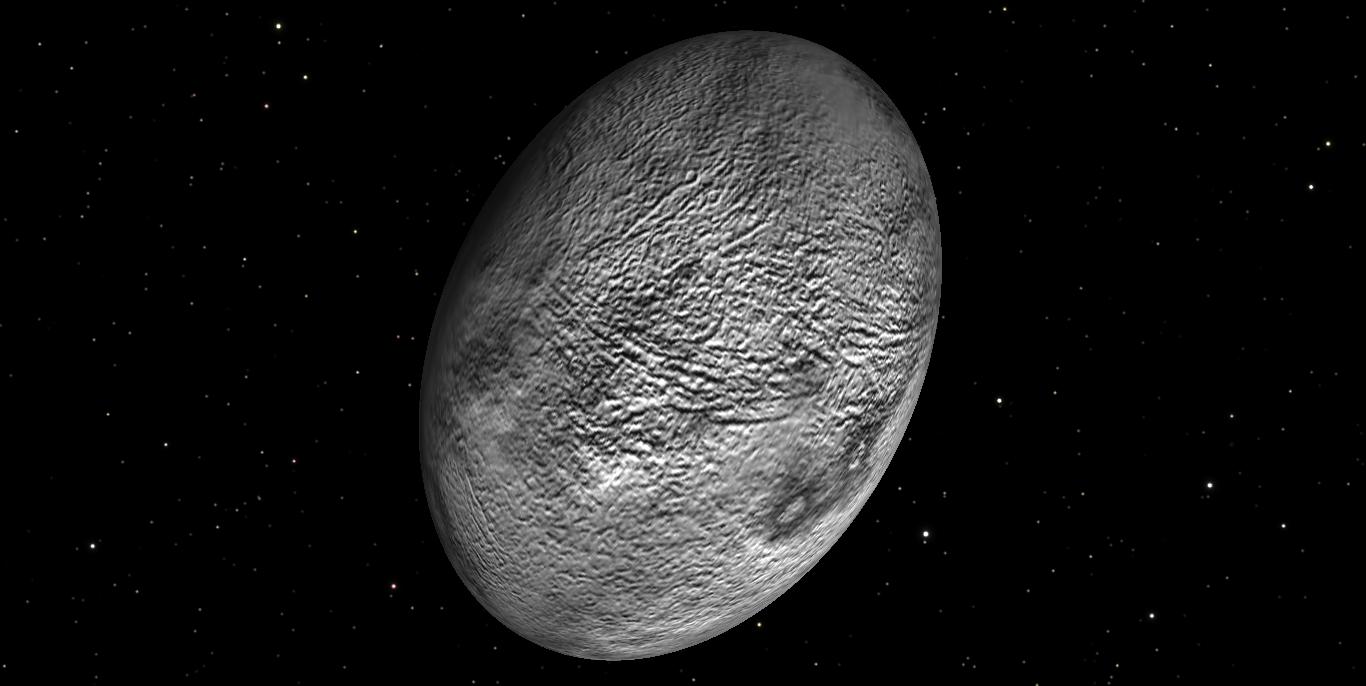I'm not sure I follow you.
The abort happened on the pad. IE the rocket never got moving before it went boom.
I'm not sure I follow you.
When Penzias and Wilson reduced their data they found a low, steady, mysterious noise that persisted in their receiver. This residual noise was 100 times more intense than they had expected, was evenly spread over the sky, and was present day and night. They were certain that the radiation they detected on a wavelength of 7.35 centimeters did not come from the Earth, the Sun, or our galaxy. After thoroughly checking their equipment, removing some pigeons nesting in the antenna and cleaning out the accumulated droppings, the noise remained. Both concluded that this noise was coming from outside our own galaxy—although they were not aware of any radio source that would account for it.
“In May we now start to have a good chance of making contact, and in June it will be even better. As we get closer and closer to the sun we hope the lander will get more and more power,” Ulamec said. The chances of Philae recharging its batteries will rise until mid-August when the comet passes closest to the sun before speeding back out into the darkness of the distant solar system.
The electronics onboard Philae need to be warmer than -45 Celsius to operate properly, but they may still be too chilly to work, Ulamec said. After 17 May, Rosetta will fall out of position to communicate with Philae until the end of the month, or later in June.
Even the most basic housekeeping data sent back from Philae would be valuable for the Rosetta scientists. The information could help pinpoint the final resting place of the lander, and reveal how much its batteries could recharge as the comet hurtles towards the sun.
"Philae is doing very well: It has an operating temperature of -35ºC and has 24 Watts available," explains DLR Philae Project Manager Dr. Stephan Ulamec. "The lander is ready for operations."
For 85 seconds Philae "spoke" with its team on ground, via Rosetta, in the first contact since going into hibernation in November.

Chandra Wickramasinghe saying: "Data from the comet seems to unequivocally point to micro-organisms being involved" in the creation of the comet's rapidly changing, pockmarked surface.
Professor Wickramasinghe was speaking with his colleague Max Wallis at the Royal Astronomical Society's national meeting in Wales.
Scores of astrobiologists, including Australian Centre for Astrobiology's Malcolm Walter, say there's no evidence for their claim. Professor Walter called the idea "fanciful".






Amazing images and all, but first they should decide if Pluto is a planet or it isnt!
http://www.cbc.ca/news/technology/b...100m-hunt-for-extraterrestrial-life-1.3160001Scientists said the project dwarfs anything else in the field, known as the Search for ExtraTerrestrial Intelligence. Globally, less than $2 million annually is spent on SETI, said Dan Werthimer, an adviser to Milner's project and the astrophysicist who directs the SETI@home project affiliated with the University of California in Berkeley.
Today, due to technology improvements, including in computing power and telescope sensitivity, $100 million will go much farther than in the early 1990s, the last time SETI had significant funding, scientists said.
